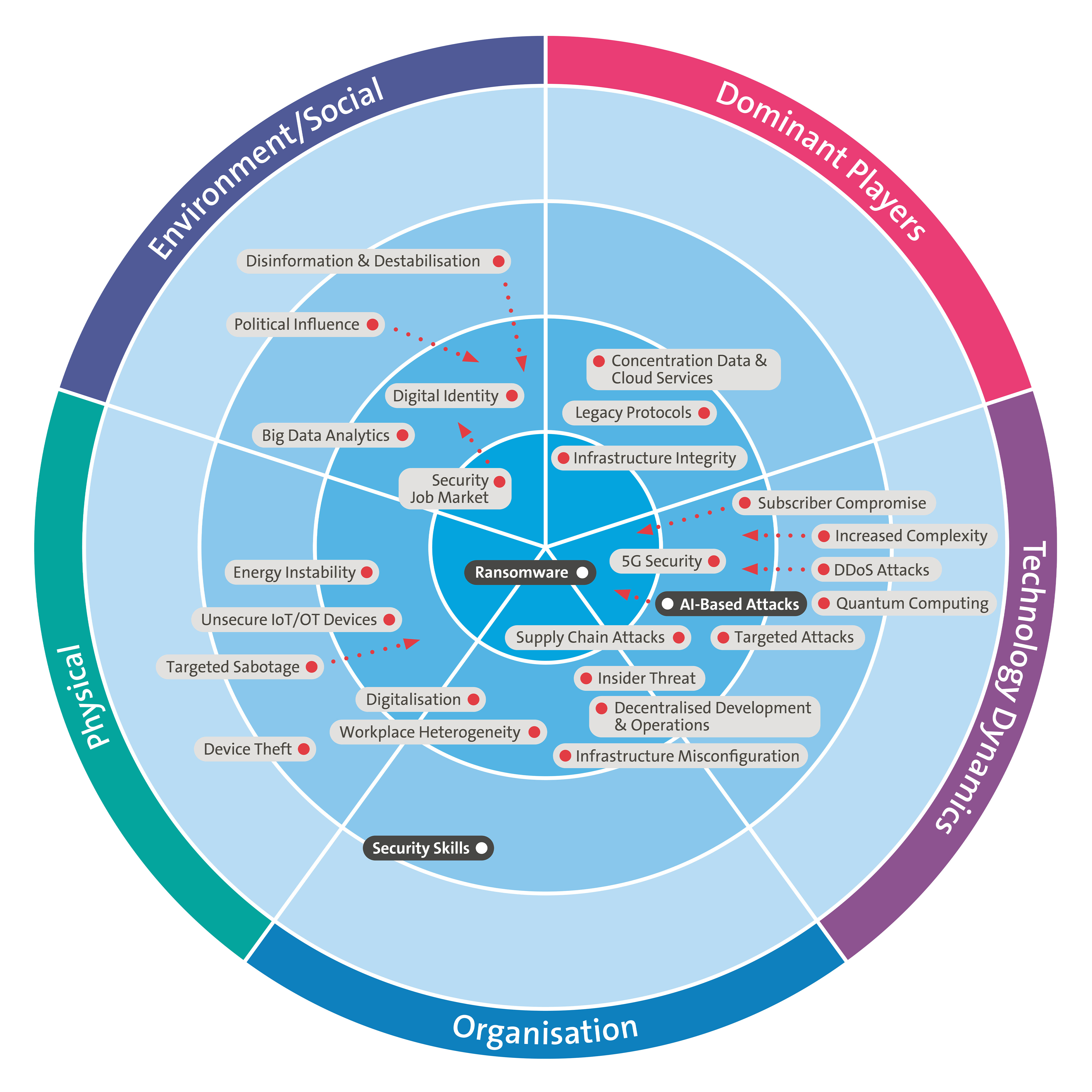To strengthen resilience against cyberthreats in one’s own company, it is essential to look at cyber and IT security as a whole. This is because, alongside the technical precautions, highly trained staff and in-house cybersecurity experts also play a key role. However, IT security experts are in high demand and hard to find. In an ongoing battle for talent, a company can wear itself out trying to develop a labour market that has been fished dry. Alternatively, it can look inwards and invest in the further education and training of its own employees.
The report explains more about this and other countermeasures that companies can take in the current threat situation.

